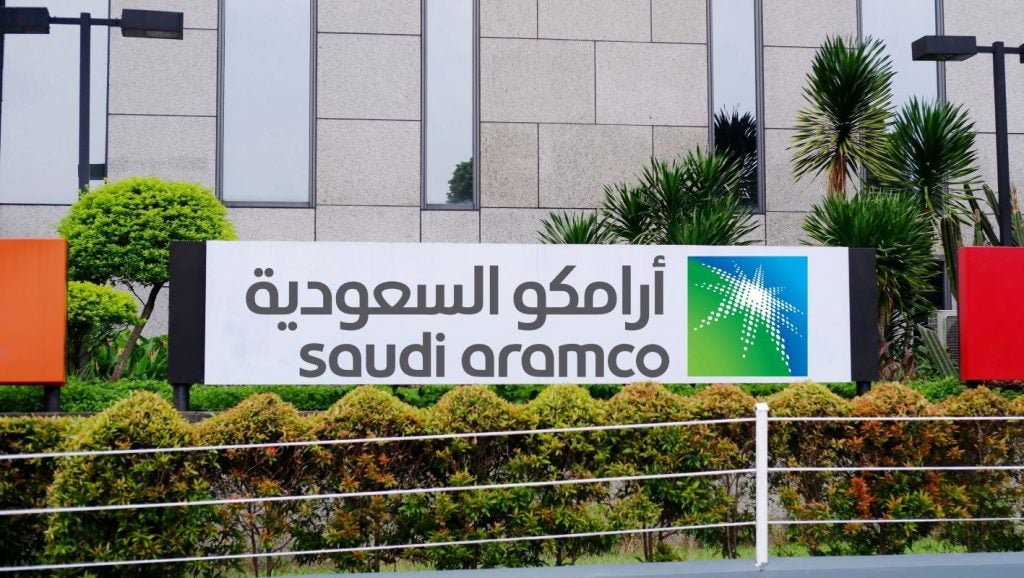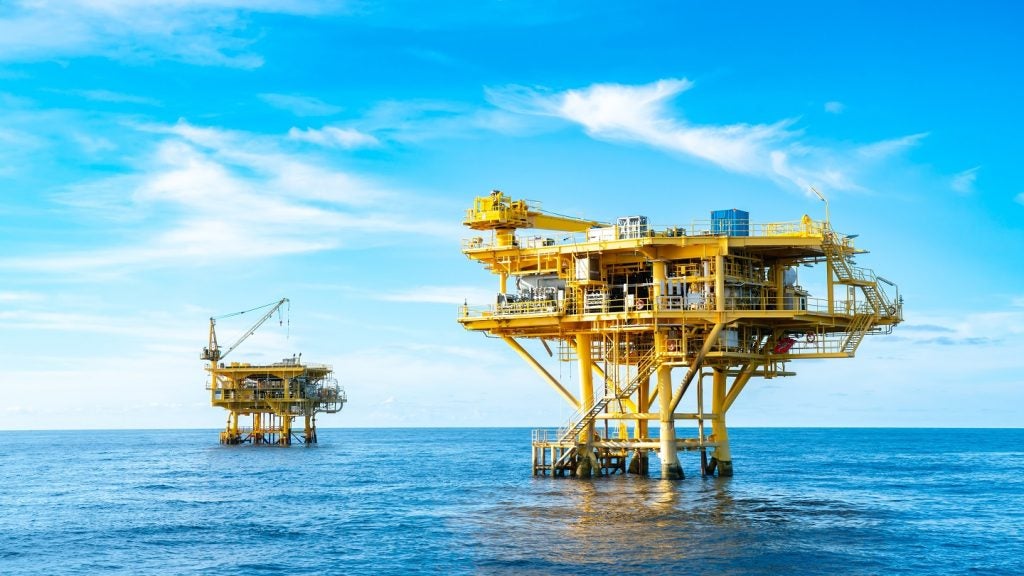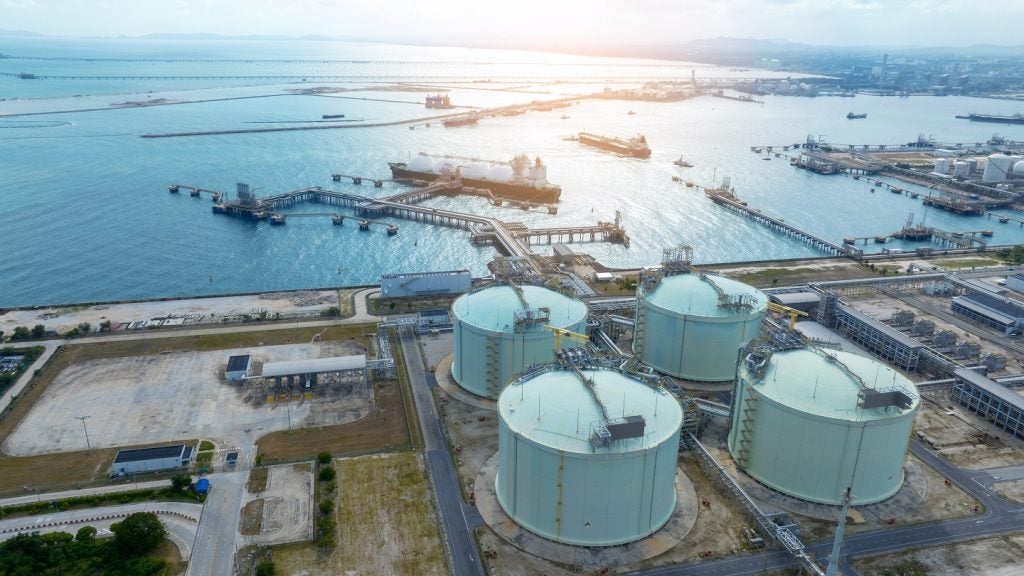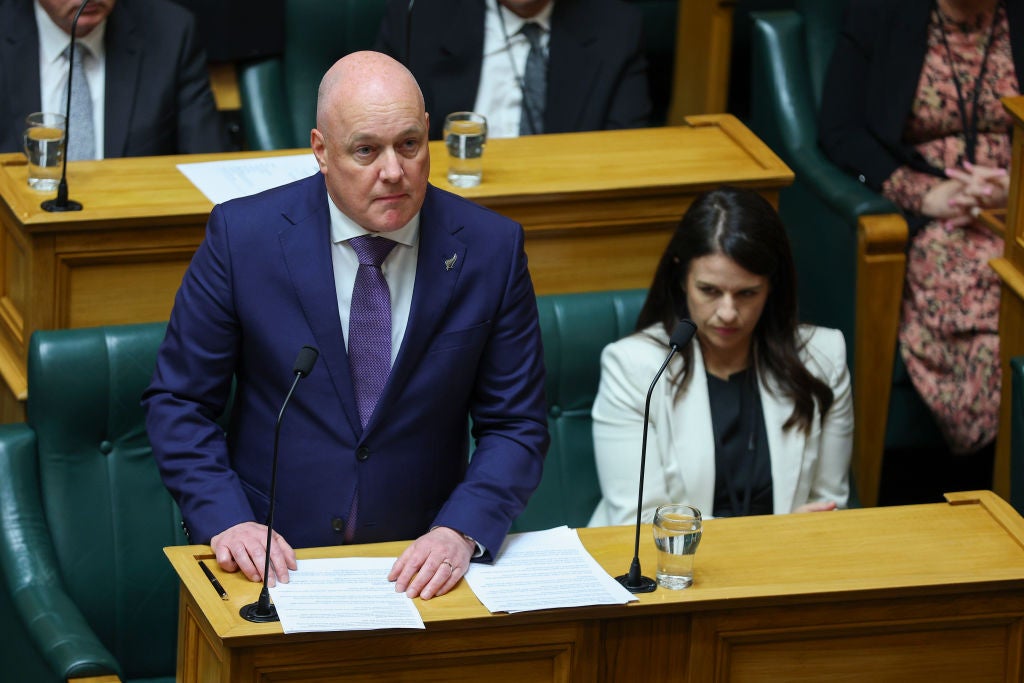Saudi Aramco, the state-owned oil and gas company, announced a 3.4% decline in Q2 profits on Tuesday (6 August) due to reduced crude volumes and weaker refining margins.
In the three months ending 30 June, Aramco reported Q2 net income of $29.03bn, exceeding the median estimate of $27.7bn provided by the company from 15 analysts.
The company recorded net income of $29.1bn in Q2 2024 and $56.3bn in the first half (H1) of the year. Cash flow from operating activities was $31.1bn in Q2 and $64.7bn in H1, while free cash flow amounted to $19bn in Q2 and $41.7bn in H1.
Aramco said it anticipates total dividends of $124.2bn in 2024, consistent with the previous projection of $124.3bn.
In June 2024, the government completed a subsequent sale of ordinary shares in Aramco, disposing of around 1.7 billion shares, which accounted for 0.7% of the company's total shares. The final price per share in the offering was SR27.25.
The Saudi Government has a direct ownership stake of 81.48% in Aramco and relies significantly on the company's payouts, including royalties and taxes. Saudi Arabia's sovereign wealth fund, PIF, possesses an additional 16% stake in Aramco and reaps the benefits of its dividend payments.
Aramco president and CEO Amin H Nasser said: “We have delivered market-leading performance again, with strong earnings and cash flows in the first half of the year. Leveraging these strong earnings, we continued to deliver a base dividend that is sustainable and progressive and a performance-linked dividend that shares the upside with our shareholders.”
The company stated that, as part of its commitment to enhancing shareholder value, the board approved a basic dividend of $20.3bn and a performance-based dividend of $10.8bn. This brings the total announced dividends for Q2 to $31.1bn.
Income before income taxes and zakat for H1 was SR414.62bn, down from SR446.67bn for the same period in 2023. The company said this decrease was due to lower crude oil volumes sold, weaker refining margins, and reduced finance and other income, partially offset by higher crude oil prices and lower production royalties compared with the same period last year.
“We have also continued to create and deliver both value and growth, as demonstrated by the positive investor response to the government’s secondary public offering of Aramco shares and our recent $6bn bond issuance,” Nasser added.
Saudia Arabia, the leading force of OPEC and its primary producer, has undertaken infrastructure projects to gradually shift its economy from hydrocarbons to renewable energy and other industries.
OPEC has also been cutting production to stabilise fluctuating prices by reducing production. OPEC+ announced in June its plans to slowly unwind a voluntary cut of 2.2 million barrels per day (mbbl/d) of crude, starting later this year.
OPEC+ has reduced production by a combined 5.86mbbl/d, equivalent to around 5.7% of global demand. Since 2022, these reductions have been implemented through agreements to support the market in light of uncertain global demand and increasing supply from non-member countries.















